neoplasia in cats lungs
Adenocarcinoma grows rapidly and metastasizes to distant parts of the body and organs including the brain eyes bones and lymph nodes. Metastasis to multiple digits presenting as swelling of 1 toes and lameness without respiratory signs is a common primary complaint.
Lung Adenocarcinoma in Cats Adenocarcinoma is a malignant neoplasm making up about 75 percent of all primary lung tumors in cats.
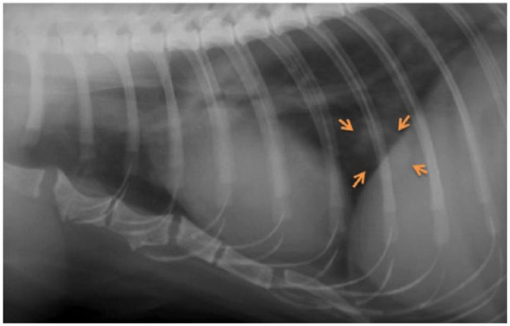
. Less common carcinomas include squamous cell carcinomas and adenosquamous carcinomas 24Fibrosarcomas osteosarcomas. Older animals are most affected mean age at presentation 12 years range 2-20 years. Of the primary lung tumors in dogs and cats 80 are malignant.
Adenocarcinoma is a malignant neoplasm making up about 75 percent of all primary lung tumors in cats. The most common primary lung tumour in cats is pulmonary adenocarcinoma which can arise from the bronchus the tubes that carry air into the lungs or from the alveolae the air sacs. Regional lymph node involvement in 29-35 and distant metastasis in 46-58.
Primary lung tumors are less common than metastatic lung lesions in dogs and cats especially compared with their frequency in humans Adenocarcinomas account for 70 to 80 of primary pulmonary neoplasia in dogs and cats. Metastatic cancer in older cats. Primary pulmonary tumors are rare in both dogs and cats.
Primary pulmonary neoplasia is less common than metastatic neoplasia in dogs and cats. Specific anatomic localization of tumor origin is not always. Chest x-rays are the first step in making a diagnosis.
Specific anatomic localization of tumor origin is not always possible and more than one tumor type may be present. Primary pulmonary neoplasia is less common than metastatic neoplasia in dogs and cats. Feline lung-digit syndrome presents a diagnostic challenge.
In a retrospective study by Smith and colleagues of 127 cats with ATE neoplasia was the second most common cause of feline ATE after myocardial disease occurring in 6 of cases 17 and pulmonary carcinoma was the commonest neoplastic condition. The lungs and local lymph nodes are common sites of metastasis for many tumor types but metastases can occur in almost any organ and are associated with malignant tumors in cats. Tumors of the larynx and trachea are rare in dogs and cats.
A secondary objective was to determine whether histologic type and or. Exocrine pancreatic neoplasia is rare in dogs and cats and most are secondary tumors. Lung cancer pulmonary neoplasia is a malignant tumour of the lungs that can be primary originating in the lungs or secondary having originated elsewhere and spread to the lungs.
Overview of Lung Cancer in Cats. Cats usually do not demonstrate altered respiratory patterns until disease is very advanced. With a preoperative computed tomography scan that influence survival of cats undergoing surgical removal of a primary lung tumour.
While cancer is usually diagnosed in senior cats certain cancers can develop in cats of any age. Lung Adenocarcinoma in Cats. Feline Metastatic Neoplasia Cancer Metastatic neoplasia commonly referred to as mets is cancer that has spread from its original site to other sites in the body.
Lethargy wheezing vomiting fever or lameness may also be seen. The diaphragmatic lobes are most frequently involved with the right lung lobes more often affected than the left. Other types of tumors can develop in the lungs but these are the result of metastasis spread from a tumor elsewhere in the body and are not considered to be primary lung tumors.
Neoplasia of the Respiratory System in Dogs and Cats Tumors of the Nose and Paranasal Sinuses. Squamous cell carcinoma and bronchioalveolar carcinoma are other types of cancer that occur in cat lungs. Like other malignant tumors adenocarcinoma of the lungs is usually seen in older.
Tumors of the Larynx and Trachea. Tumors of the larynx and trachea are rare in dogs and cats. Adenocarcinoma is a malignant neoplasm making up about 75 percent of all primary lung tumors in cats.
The diaphragmatic lobes are most frequently involved with the right lung lobes more often affected than the left. World Small Animal Veterinary Association World Congress Proceedings 2013. It is most common in senior cats with the average age at diagnosis ranging from 9-13 years old.
The most common type of tumor of the lungs is a pulmonary carcinoma. 17 the exact pathomechanism by which metastatic. Distant metastatic sites include pleural cavity in 65 and extrathoracic sites in 35.
Abnormal swellings that persist or continue to grow Sores that do not heal Weight loss Loss of appetite Bleeding or discharge from any bodily opening Offensive odor Difficulty eating or swallowing Hesitation to exercise or loss of stamina Persistent. Mst for tumors with lymph node involvement. There is no apparent sex or breed predilection.
75 metastatic rate for primary lung tumors in cats. They are rare in both species but slightly more common in dogs. Symptoms of neoplasia in cats include 4.
The most common type of tumor is a carcinoma. Primary lung neoplasms are uncommon in the cat. Regional lymph node involvement in 29-35 and distant metastasis in 46-58.
Assessment of computed tomography findings and survival J Small Anim Pract. For this reason more cats with pulmonary tumors present with paraneoplastic syndromes than present with signs associated with the primary tumor Feline cutaneous paraneoplastic syndromes. Carcinomas are malignant tumors that develop from the epithelial tissues in the lungs.
Primary lung tumors are cancers that arise in the lung tissue of both dogs and cats. Cats with preoperative lymph node enlargement and pleural effusion have shorter survival times than cats without. Primary pulmonary neoplasia in cats.
There are many different forms of cancer and since the symptoms are so varied any lumps or bumps wounds that dont heal changes in behavior including appetite weight litter box. 61819 The literature suggests that acute onset of hindlimb ischaemia occurs as the primary presenting. Fluid accumulation around the lungs called pleural effusion is common in cats with primary lung tumors.
Less common carcinomas include squamous cell carcinomas and adenosquamous carcinomas 24Fibrosarcomas osteosarcomas. Common sites of metastasis are regional lymph nodes lungs. Most lung tumors in cats are found after a prolonged incubation period.
Primary pulmonary neoplasia is rare in cats with a reported annual incidence in one study of 22 per 100 000 cats 22 while a further study reported an incidence of pulmonary neoplasia of 038 of cats examined at necropsy. This type of cancer is rare in cats and. However a definitive diagnosis of lung cancer requires a sample of tissue biopsy.
Mesenchymal renal tumors include hsa fsa csa and leiomyosarcoma. Typically there is swelling and reddening of the digit purulent discharge from the nail bed and. Cancer also called neoplasia presents in many different often nonspecific ways in cats.
Pulmonary Neoplasia - WSAVA2013 - VIN.
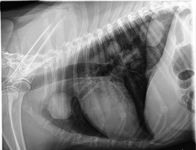
An Update On Diagnosing And Treating Primary Lung Tumors

Lung Tumors In Dogs Cats Early Identification Is Key

Metastatic Pulmonary Carcinomas In Cats Feline Lung Digit Syndrome Further Variations On A Theme
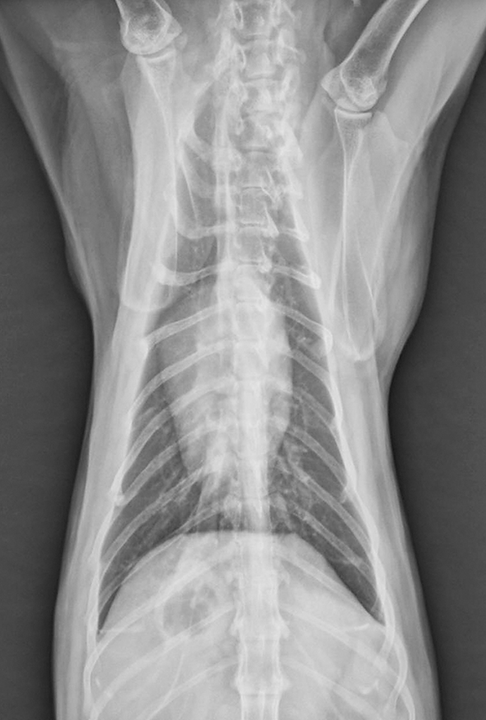
Pulmonary Neoplasia Digital Metastasis In Cats Clinician S Brief

Common Pulmonary Diseases In Cats Clinician S Brief

Cat Pulmonary Carcinoma Adenocarcinoma Subtype With Gland Formation Download Scientific Diagram

Pulmonary Neoplasia Digital Metastasis In Cats Clinician S Brief

Senior Cat With Front Paw Swelling And Pain Today S Veterinary Practice

Thoracic Radiographs Showed A Diffuse Increase In The Distribution Of Download Scientific Diagram
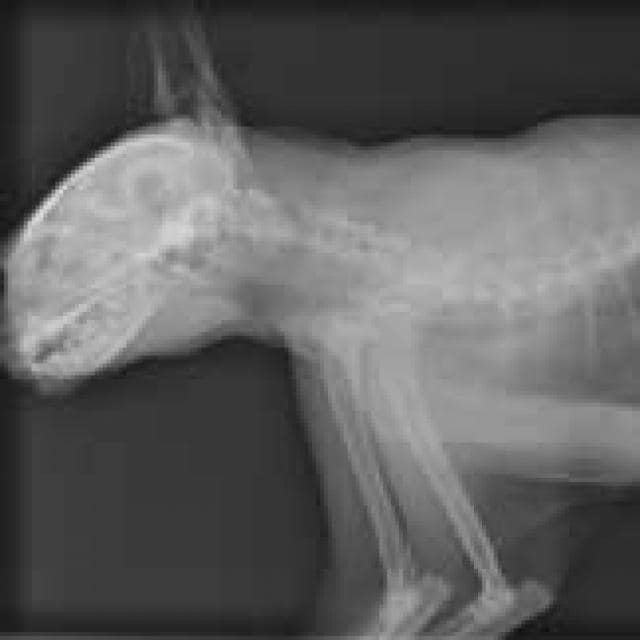
Cancer In Cats Not All Dark Masses Are Cancerous Tumors Cancer In Pets Petmd

Lung Tumors In Dogs Cats Early Identification Is Key

Macau Daily Times 澳門每日時報 Ask The Vet Lung Cancer In Cats

Lung Cat No 1 Diffuse Severe Bronchointerstitial Pattern Download Scientific Diagram
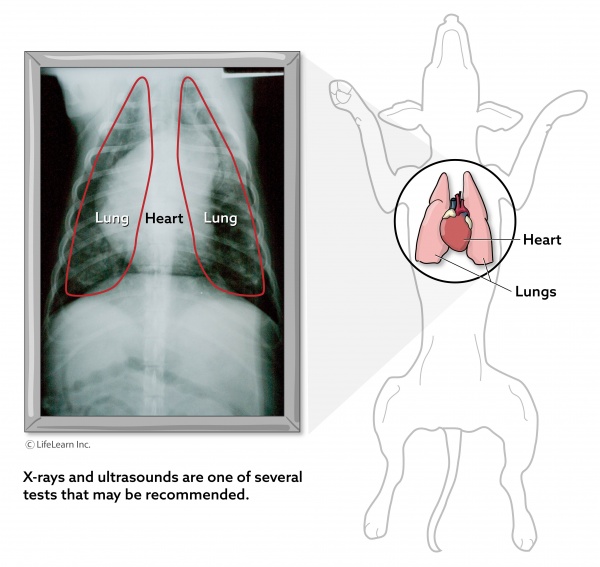
Lung Tumors Vca Animal Hospitals
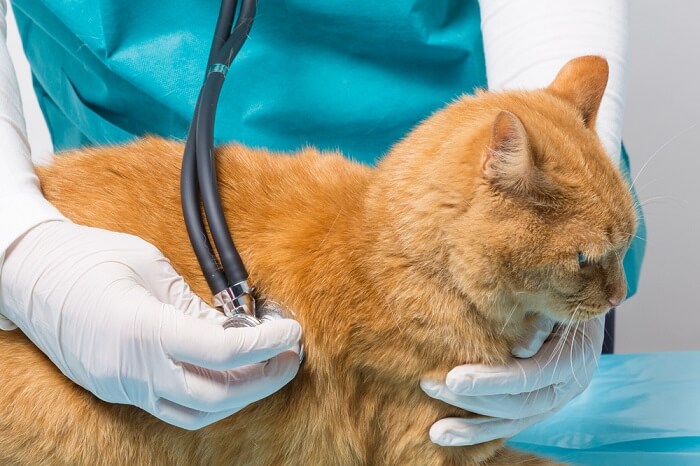
Lung Cancer In Cats Causes Symptoms Treatment All About Cats

An Update On Diagnosing And Treating Primary Lung Tumors

Image Gallery Primary Metastatic Tumors Part 1 Clinician S Brief